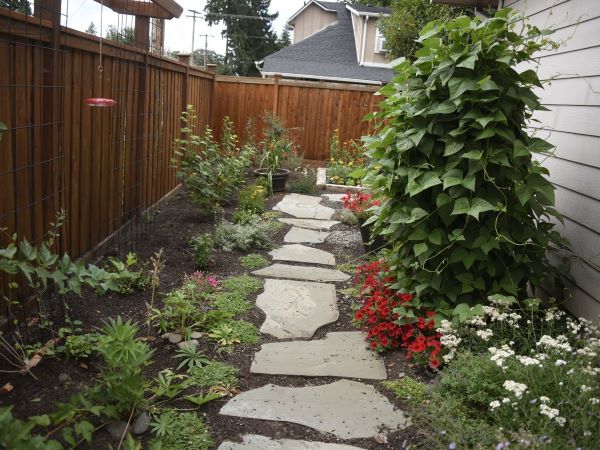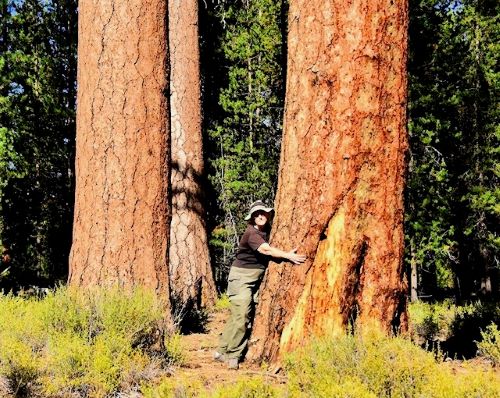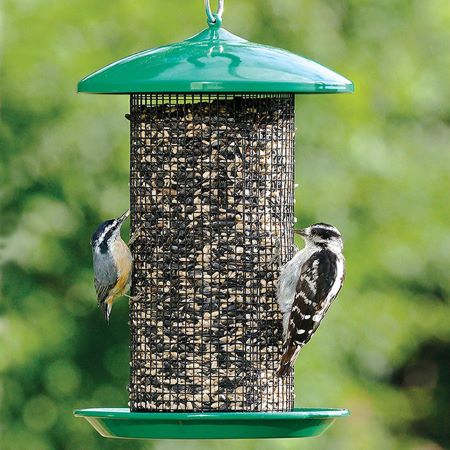Our Habitat Haven volunteers have begun site visits and been enthusiastically received. At the start…
Debbie Schlenoff
 Some people argue that we need to privatize the publicly owned 93,000-acre Elliott State Forest and sell it to timber interests to generate money for our school funds. The argument does not hold water (although our forests do!) when one considers the actual value of our forests to the public. So what does a forest do for us? It cleans the air; it cleans the water; it traps pollutants. It slows the devastating effects of climate change by storing and sequestering carbon. It maintains soil quality and nutrient cycling. It supports the insects, bats, and birds that pollinate our food crops and other flowering plants. It also supports the wildlife that disperses seeds and controls pests.
Some people argue that we need to privatize the publicly owned 93,000-acre Elliott State Forest and sell it to timber interests to generate money for our school funds. The argument does not hold water (although our forests do!) when one considers the actual value of our forests to the public. So what does a forest do for us? It cleans the air; it cleans the water; it traps pollutants. It slows the devastating effects of climate change by storing and sequestering carbon. It maintains soil quality and nutrient cycling. It supports the insects, bats, and birds that pollinate our food crops and other flowering plants. It also supports the wildlife that disperses seeds and controls pests.
www.governor.oregon.gov
Sign a petition asking the State Land Board to protect the Elliott State Forest at https://www.change.org/p/save-the-elliott-state-forest
On December 9, a project team will present its final findings to the State Land Board at a public meeting in Salem (775 Summer St. NE). Please consider attending.



